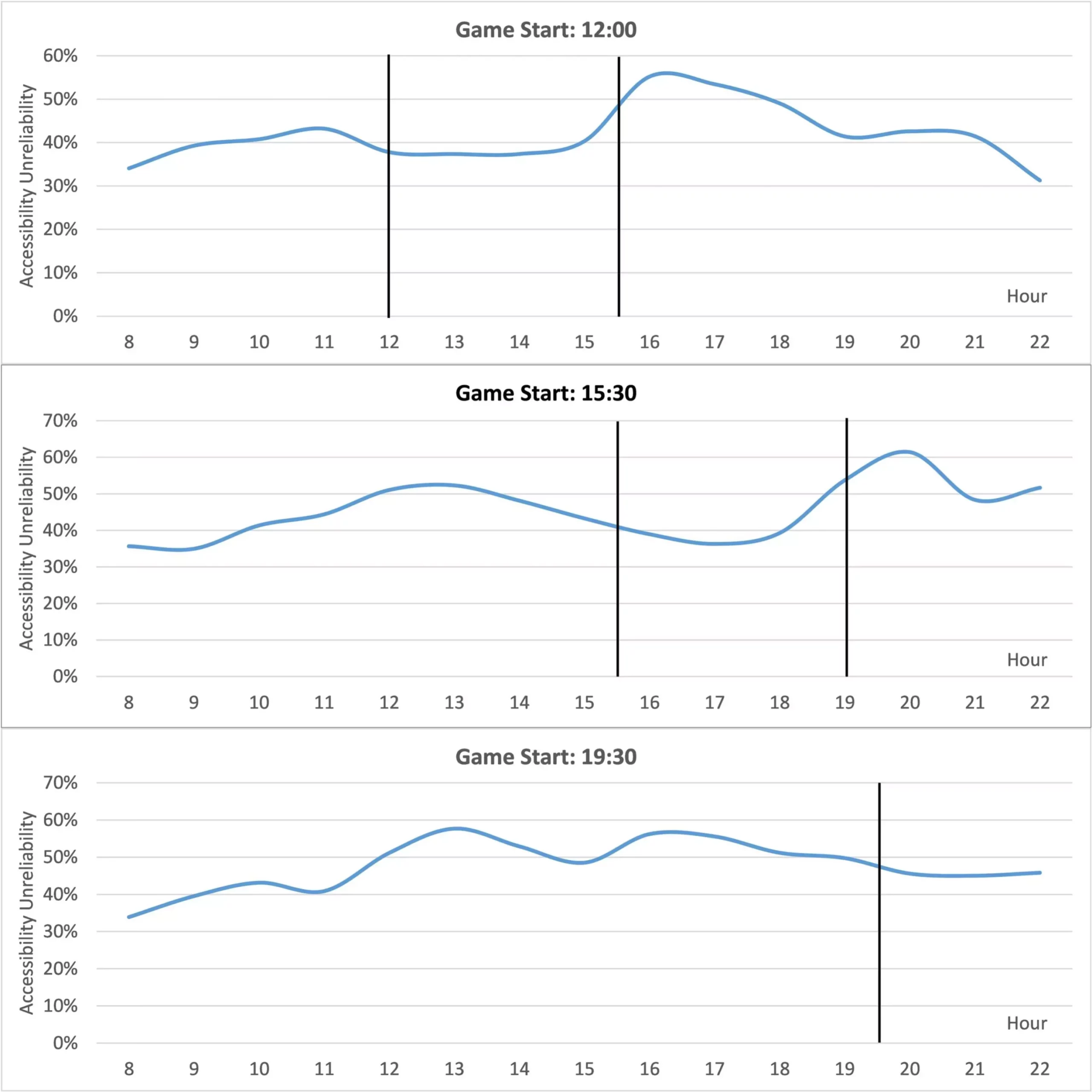Major sporting events have long been known to cause congestion and disruptions in cities hosting them. However, recent advancements in technology now allow scientists to quantify and analyze the extent of these disruptions. A case study conducted in Columbus, Ohio, examined the impact of home football games at Ohio State University on the city’s public transportation system. The findings revealed significant disruptions in bus service across the entire city for more than 7 hours on game days, affecting not only those traveling near the stadium but also commuters unrelated to the event.
The study, led by Luyu Liu during his Ph.D. studies at Ohio State University, utilized data from the Central Ohio Transit Authority (COTA) to assess the reliability of bus service. The researchers compared bus operations on game days to days with away games and non-game days. The results showed that the bus service was significantly less reliable on game days, with disruptions occurring before and after the games. The disruptions before the game were less severe but lasted longer, while the after-game impacts were more disruptive but had a shorter duration.
Measuring the Impact
To measure the impact of the football games on transit reliability, the researchers compared the data to average service performance. The study found that the unreliability of bus service during the before-game peak was 8.7% higher than average, while the after-game peak saw a staggering 24.5% increase in unreliability. The period between the peaks, which spanned approximately 7 hours, was identified as the core disruption. However, the researchers noted that transit service was still affected somewhat before and after this period.
While the study focused on the impact of football games on public transit, the findings have broader implications. The researchers contend that the methods developed can be applied to analyze various disruptions to traffic flow, such as crashes, construction delays, and large-scale events. By understanding how disruptions propagate through a transportation system, city planners can better prepare and assess vulnerabilities.
The study also examined the impact of the COVID-19 pandemic on public transit accessibility in Columbus. Initially, the pandemic-induced lockdowns led to increased reliability as overall traffic declined. However, major schedule changes made by the transit authority in May 2020, driven by plummeting ridership and financial difficulties, reversed this trend. The downtown area, which experienced fewer service cuts, maintained better accessibility and reliability compared to other parts of the city. The research emphasized the ongoing challenges faced by public transit systems and the need for infrastructure improvements to ensure reliability and accessibility.
The study in Columbus highlights the far-reaching effects of major sporting events on public transportation. It demonstrates that disruptions can extend throughout an entire city and affect commuters even if they are not in close proximity to the event venue. The research also underscores the importance of leveraging advanced technology to assess vulnerabilities and make informed planning decisions. Moreover, it sheds light on the long-term impact of external factors, such as the COVID-19 pandemic, on public transit systems. As cities face increasingly complex challenges, it is crucial to prioritize and invest in improving infrastructure to maintain reliable and accessible public transportation services.


Leave a Reply